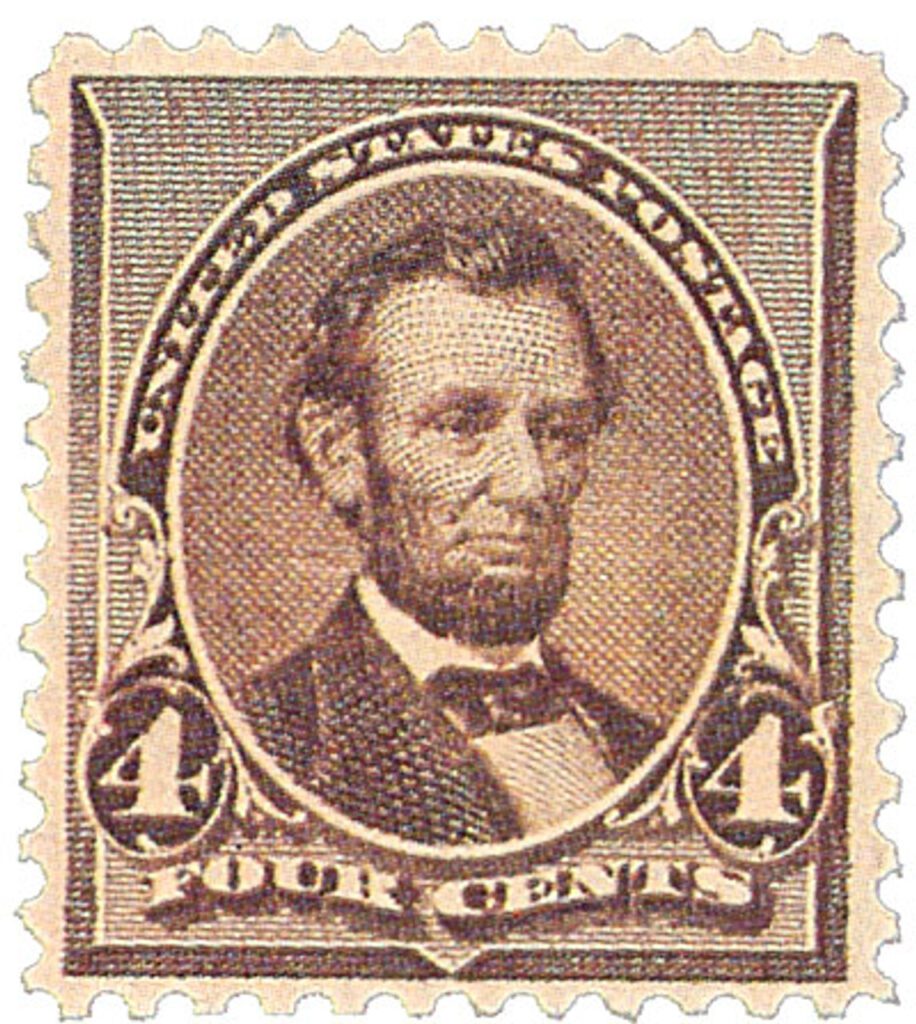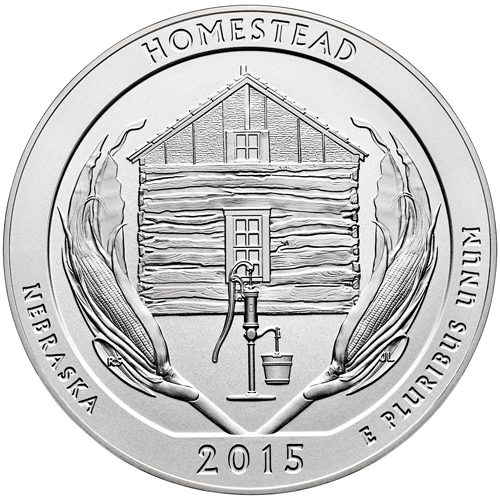On January 1, 1863, Daniel Freeman filed the first land claim under the Homestead Act.
Since the American Revolution, the distribution of government lands was a matter of great debate. In America’s early years, setting boundaries on new land was unorganized, causing frequent overlapping claims and disputes. When land ordinance laws were introduced in 1785, the plots were large and pricey. People repeatedly called for cheaper plots or preemption – an arrangement where they would settle first and pay later.
By the 1860s, the debate was still ongoing. Newspaper editor and politician Horace Greeley introduced homestead legislation that was shot down, but used his role at the paper to encourage public support. The Free Soil Party, which eventually became the new Republican party, pushed for a homestead act that would open public lands to independent farmers. The alternative was wealthy planters who would enlist slaves and force smaller farming operations onto meager plots. Every time they proposed such legislation, Southern Democrats shot them down, not wanting the lands to be taken over by immigrants and poor Americans.
A Homestead Act did manage to pass Congress in 1860, but President James Buchanan vetoed it to appease Southern slave-holders. But when the South seceded from the Union in 1861, their delegates left Congress. Without their opposition the legislation was finally able to pass. President Abraham Lincoln signed the Homestead Act on May 20, 1862, to become effective on January 1 of the following year.
The Homestead Act opened up millions of acres of land to anyone willing to take it. But there were several provisions that needed to be met in order for them to earn their claim. Homesteaders needed to be the head of a household, at least 21 years old, and pay the $18 filing fee to lay claim to one of the 160-acre parcels of land. Immigrants, women, and former slaves were among those permitted to file for homesteads.
Daniel Freeman, originally of Illinois, filed the first land claim under the Homestead Act. He reportedly filed his claim at the Brownville, Nebraska, land claim office at ten after midnight on January 1, 1863. He later married and raised eight children on his homestead. The Freeman family built a number of structures during their time there. Their log cabin is often considered the first Homestead cabin.
Most new homesteaders, however, built “soddies” as their first homes. Soddies were made with “Nebraska Marble,” as it was called, which was the dense, tangled roots of buffalo grass and the dirt that surrounded it. These bricks held together when cut, and provided a quick and inexpensive way to build a home. Some homesteaders continued to use sod even after lumber was available to them, as it was well-insulated, did not burn, and was tornado-proof. However, soddies needed constant repair – particularly after rain storms, when the roofs would leak dirt, water, and even snakes.
During his lifetime, Daniel Freeman wanted to be recognized as America’s first homesteader. By 1909, other Nebraskans were calling for his land to be preserved as a national park. Little progress was made until Senator George W. Norris joined the campaign. He presented his proposal for the creation of a park in 1935. And he succeeded the following year on March 16, when President Franklin D. Roosevelt signed the Homestead National Monument Act.
Though the tract of land that encompasses the monument was that of Daniel Freeman, the park is a memorial to the more than two million people who filed claims under the Homestead Act. By the time the act was repealed in 1976, about 783,000 of those people completed the requirements of their claims, settling some 270 to 285 million acres.
| FREE printable This Day in History album pages Download a PDF of today’s article. Get a binder or other supplies to create your This Day in History album. |
Discover what else happened on This Day in History.






I love Reading these Articles…Thank you for something Worth Reading here on the internet…
I totally agree. Actually learning history…such a forgotten subject today.
I also love the articles. I read them daily. Thank you
It is great reading about the Homestead National Monument located near Beatrice, Nebraska. I drove by it every day on the way to work for about 20 years. And the present monument superintendent was in my Boy Scout troop in the 1970’s. Also. two of my ancestors homesteaded in the late 1800.s in Custer County, Nebraska. This was a fabulous choice for “This Day in History.”
Wow! Been to Brownville, Nebraska. It’s a cozy little town with nice people and fun things to do. Right there on the Missouri River. There were trees of course along the rivers in Nebraska. Mostly cottonwood. Biut out in the vast expanses of the flat southern plains, then north and west to the Sand hills it was a different story. Each state in this beautiful country of ours has a fascinating history. Stamps help to teach us.
I am a lifelong coin collector and am currently acquiring The America’s National Park Commemorative Quarters that have and will be minted from 2010-2021. Some of these are well known such as Yellowstone, Yosemite, Grand Canyon and Mt. Rushmore. Others such as Chickasaw (Oklahoma), Acadia (Maine), Arches (Utah), and Bombay Hook (Delaware), not so much except by locals and “Good Sams”. In 2015 the Homestead coin was issued for Nebraska. Having never heard of Homestead National Monument I paid little attention, nor had any curiosity about it other than the numismatic aspect of it. Thanks to your article I now have my “money’s worth”.
My great grandfather left Delaware for 160 free acres in Galva, Iowa. He’s buried there with my great grandmother.
All new to me. Thanks for the information, Mystic.
History is so much more interesting with your posts than in any history course in any schools.
Mystic stamp company is the best!
Dear friends at Mystic Stamp, Wish you all a happy and peaceful 2016 !
Many thanks for the daily history story which is highly interesting and educational specially for a US stamp collector living in Germany. Keep on sending the stories also during this coming year it is fantastic information and it also reminds me to purchase more stamps from you but at present the exchange valur € / $ is not too positive.
Kind regards yours Rainer Chilian
I wonder where all those “homesteads” came from, that is who originally owned the land “homesteaded.” Bet it was Native Americans who were cheated out of that land or who were just plain kicked out and had to go to a Reservation 1,000 miles away. BOO
recently been to NE. flew in 2 omaha, hertz rental out on I-80 2 Kearney. nite time driving 4 75 y olds is not fun.
VERY Interesting history here.
After being home, left mobile home, saw visited areas from satellite – fabulous.
Hop so lute ly FABULOUS!
Can you add a link to the PDF for this article? Thanks!